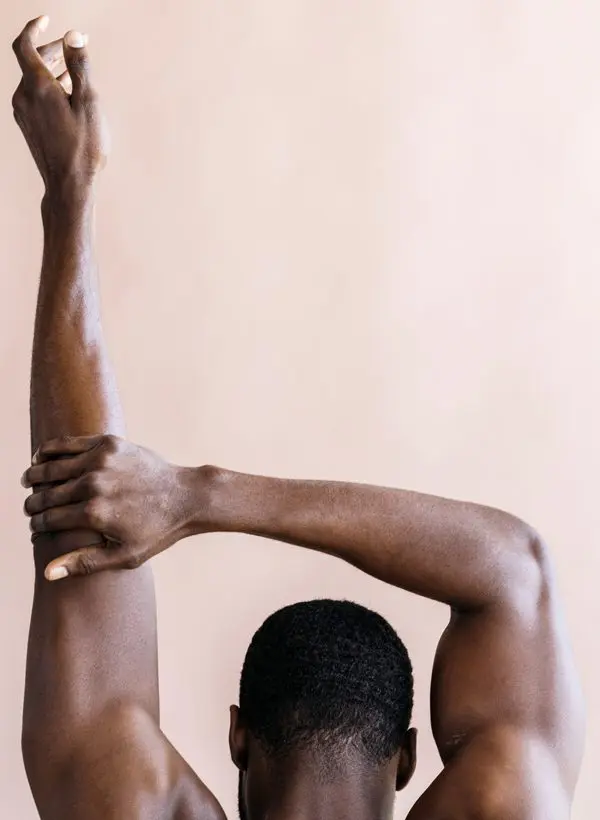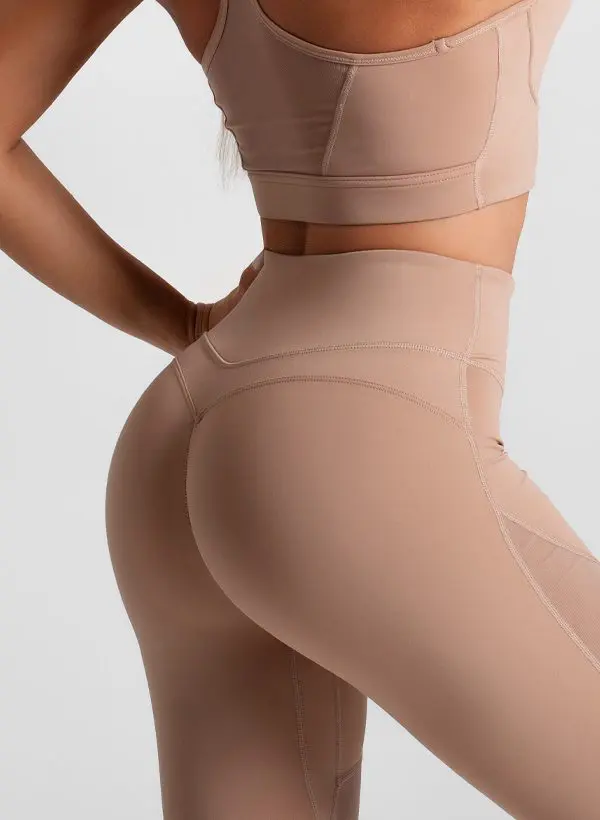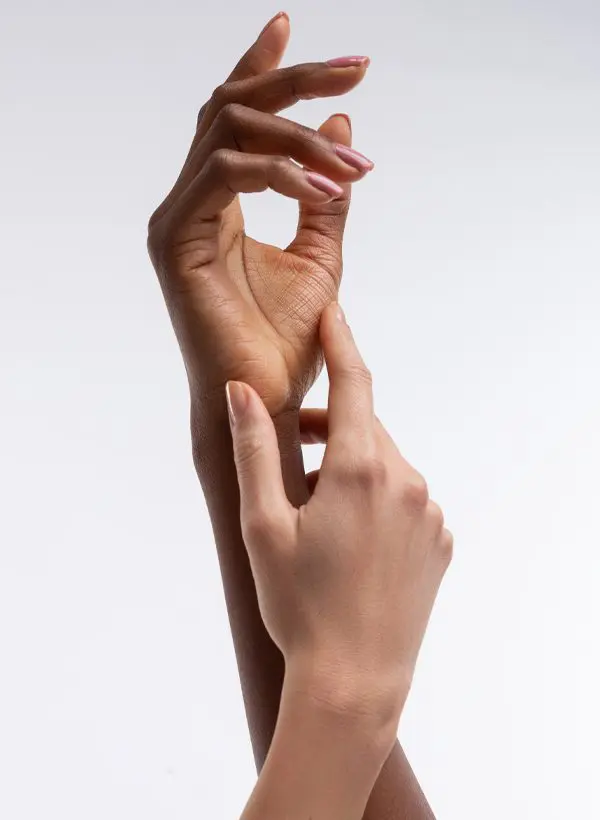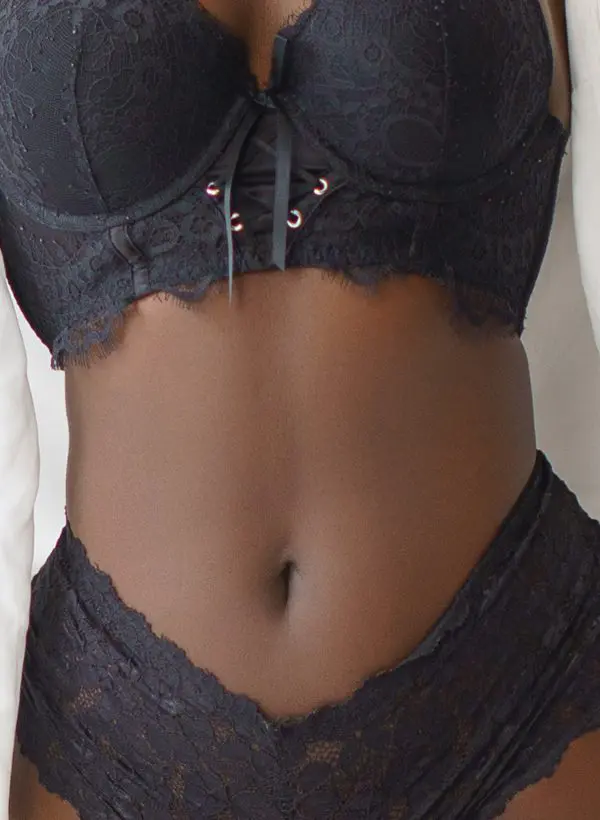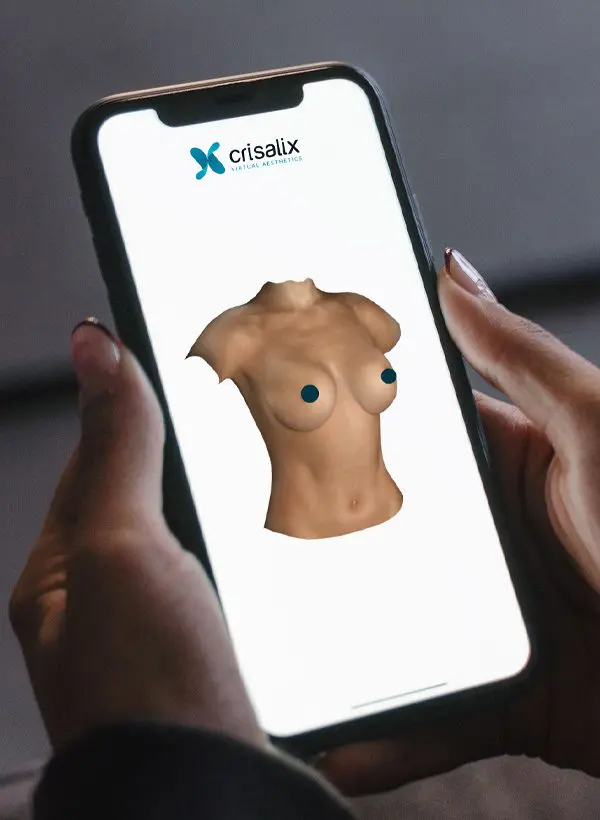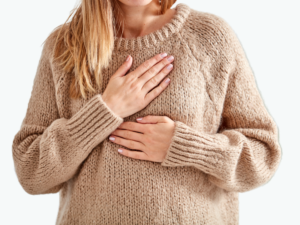Treatments — body
Lipo abdominoplasty in Dubai
Lipo abdominoplasty in Dubai, expertly performed by renowned cosmetic expert Dr Faisal Salim, offers a cutting-edge solution that combines the power of liposuction with the muscle-tightening and skin-removal benefits of a traditional tummy tuck.
The result? A firmer, flatter, and more sculpted midsection.
Let’s explore how this advanced body contouring procedure can reshape your abdomen, giving you a flatter, firmer, and more defined midsection.

Lipo abdominoplasty — What is it?
Simply put, lipo abdominoplasty is a modern surgical technique that merges liposuction with abdominoplasty (tummy tuck) in one comprehensive procedure.
While traditional tummy tucks primarily remove excess skin and tighten abdominal muscles, lipo abdominoplasty also eliminates stubborn fat deposits from the abdomen, flanks, and waistline—creating a more contoured and natural-looking silhouette.
The procedure involves three main components:
Liposuction: Unwanted fat is removed from the abdomen and surrounding areas.
Muscle repair: Separated or weakened abdominal muscles are tightened.
Skin excision: Loose, sagging skin is trimmed away for a flatter abdomen.
Why choose lipo abdominoplasty in Dubai?
Dubai is a global destination for premium cosmetic surgery. Patients from around the world come here to access leading-edge technology, world-class surgical care, and exceptional results.
Choosing lipo abdominoplasty in Dubai with Dr Faisal Salim means accessing advanced surgical techniques, meticulous care, and natural-looking results—all in one of the most medically advanced cities in the world.
Patients choose lipo abdominoplasty surgery because it offers:
- Enhanced contouring: Removes both fat and skin
- Minimised scarring: Thanks to advanced liposuction methods
- Comprehensive results: Flatter, firmer, and slimmer abdomen
- Quicker recovery: Compared to having liposuction and abdominoplasty separately
If you’re struggling with weakened core strength, skin irritation from folds, or a lack of confidence in your body’s appearance, abdominoplasty can offer both functional and aesthetic improvement. For some, it’s about reclaiming comfort; for others, it’s about reconnecting with their self-image.
Lipo abdominoplasty procedure with Dr Faisal Salim
When you opt for lipo abdominoplasty surgery with Dr Faisal Salim, one of the best lipo abdominoplasty surgeons in Dubai, you can expect a highly customised treatment plan.
Here’s a step-by-step breakdown of the lipo abdominoplasty procedure:
Consultation & assessment
Dr Faisal Salim conducts a detailed consultation to understand your goals, assess abdominal fat, skin laxity, and muscle condition, and determine your candidacy for surgery.
Surgery day — What happens?
- Anaesthesia: General anaesthesia ensures patient comfort.
- Liposuction: Tumescent liposuction is performed to extract fat from the abdomen, flanks, and waistline, sculpting a smoother shape.
- Muscle repair: Weakened or separated abdominal muscles are sutured and tightened.
- Skin removal: Excess skin is carefully excised, and the remaining skin is repositioned smoothly over the tightened muscles.
- Closure: Incisions are carefully closed using fine sutures to minimise visible scarring.
The lipo abdominoplasty procedure typically takes 3–5 hours, depending on how much fat needs to be removed and the degree of muscle tightening required.
Lipo abdominoplasty benefits in Dubai
Opting for lipoabdominoplasty in Dubai comes with a host of aesthetic and functional benefits compared to traditional tummy tuck or liposuction alone. Let’s break them down:
✅ Comprehensive body sculpting: Fat, skin, and muscle are all addressed
✅ Smoother transitions: Natural-looking waistline and flanks
✅ Firmer core: Improved abdominal muscle tone and posture
✅ Reduced risk of complications: Modern technique minimises fluid buildup
✅ Shorter recovery time: Compared to having two separate procedures
✅ Improved self-confidence: Achieve a flatter, youthful abdomen
Lipo abdominoplasty surgery offers superior results that are difficult to achieve with either procedure alone by addressing fat, skin, and muscle simultaneously.
Lipo abdominoplasty recovery — What to expect
Thanks to modern techniques, recovery is smoother and often faster than traditional tummy tuck procedures. Here’s a general timeline:
0–2 weeks
- Mild swelling, bruising, and discomfort (managed with pain medication)
- Surgical drains may be inserted to reduce fluid buildup and typically removed within 7 days
- Wear a compression garment to help with healing and minimise swelling
2–6 weeks
- Gradual return to light activities
- Avoid strenuous exercise or heavy lifting
6 weeks – 3 months
- Most swelling subsides
- You can resume most normal activities
- Visible improvements continue to refine
6 months – 1 year
- Final results are fully visible
- Scars continue to fade and soften
Tip: Following Dr Faisal Salim’s post-operative care instructions closely ensures optimal lipo abdominoplasty recovery and the best long-term results.
What can you expect in lipo abdominoplasty before and after?
Seeing real-life transformations can provide confidence in the procedure’s effectiveness. Patients who undergo lipo abdominoplasty with Dr Faisal Salim in Dubai report dramatic improvements in their abdominal contours, waist definition, and overall confidence.
- A noticeably flatter, tighter abdomen
- Improved waistline definition
- Reduced sagging and skin folds
- Enhanced core stability and posture
- Boosted body confidence
Dr Faisal’s expertise as a lipo abdominoplasty surgeon in Dubai ensures not only aesthetic refinement but also minimal scarring and durable results.
Why choose Dr Faisal Salim — Best lipo abdominoplasty surgeon in Dubai?
Choosing the right plastic surgeon is critical to achieving the best possible outcome from lipo abdominoplasty surgery. Here’s why Dr Faisal Salim stands out as the best lipo abdominoplasty surgeon in Dubai:
- International training: Trained at prestigious institutions in the UK and US
- Advanced techniques: Specialised in combining liposuction with abdominoplasty for superior results
- Natural aesthetics: Focuses on balanced, harmonious body contours
- Personalised care: Tailors every procedure to individual patient needs and goals
- Excellent safety standards: Performs surgeries in accredited Dubai facilities with state-of-the-art technology
When you choose Dr Faisal Salim, you’re entrusting your body to a leading expert in lipo abdominoplasty surgery in Dubai.
Who is a good candidate for lipo abdominoplasty in Dubai?
You may be a good candidate for lipo abdominoplasty surgery if you:
✅ Are in good general health
✅ Have stubborn fat and loose skin in the abdominal area
✅ Experience muscle laxity or separation (common after pregnancy)
✅ Have realistic expectations
✅ Do not plan significant weight fluctuations or future pregnancies
During your consultation, Dr Faisal Salim will assess your suitability and recommend the best treatment plan
How long do lipo abdominoplasty results last?
When paired with a stable weight and a healthy lifestyle, the results of lipo abdominoplasty in Dubai can be long-lasting—even permanent.
Once the fat cells are removed, they do not grow back. The abdominal muscles are also tightened and repositioned for lasting structural improvement, and excess skin is surgically excised.
However, to maintain your sculpted results, you should:
- Maintain a stable weight
- Follow a balanced diet
- Engage in regular physical activity
- Avoid future pregnancies (if applicable)
- Follow all aftercare instructions provided by Dr Faisal Salim
With a healthy lifestyle and core-strengthening exercises, your sleek, toned abdomen can be enjoyed for years to come.
Other Tummy Tuck Options: Full and Mini Abdominoplasty — What to Expect
While lipo abdominoplasty offers comprehensive contouring for the entire abdomen, not every patient requires the full extent of this procedure. For those with concerns limited to the lower belly area, a mini tummy tuck in Dubai—also known as mini abdominoplasty in Dubai—can be a more suitable and less invasive option. This technique targets the area below the navel, making it ideal for individuals with mild skin laxity or bulging who still want refined, natural-looking results.
The mini procedure typically involves a smaller incision, no repositioning of the belly button, and faster recovery compared to a full abdominoplasty. Dr Faisal Salim carefully evaluates each patient’s needs to recommend the most appropriate treatment—whether it’s a mini or full tummy tuck—to deliver a smoother, firmer midsection with long-lasting results.
Lipo Abdominoplasty Cost & Scars — What You Should Know
When considering body contouring surgery, understanding the lipo abdominoplasty cost in Dubai is essential. Pricing depends on several factors, including the extent of liposuction needed, surgical complexity, and the patient’s individual anatomy and goals. During your consultation, Dr Faisal Salim provides a customised quote that includes all associated costs, ensuring full transparency from the start.
As for lipo abdominoplasty scars, advanced techniques are used to minimise their visibility. Incisions are typically made low on the abdomen and are strategically placed to be hidden beneath most clothing. Over time, and with proper aftercare, scars tend to fade significantly. Dr Faisal may also recommend topical treatments or non-surgical options to further enhance scar healing and maintain smooth, even-toned skin post-recovery.
Book your lipo abdominoplasty consultation in Dubai today
Ready to transform your abdomen and regain your confidence?
Whether you’re interested in comprehensive contouring or want to refine stubborn belly fat and sagging skin, lipo abdominoplasty in Dubai with Dr Faisal Salim is the gold standard.
📞 Contact Dr Faisal Salim today to book your private consultation and take the first step toward a sleeker, firmer silhouette.
FAQ's
Typically, 3–5 hours depending on the extent of treatment.
Lipo abdominoplasty incorporates liposuction, offering more refined contouring compared to a standard abdominoplasty.
Most patients resume light activities and work within 2–3 weeks.
No, lipo-abdominoplasty is different from liposuction. While both procedures aim to contour the body, lipo-abdominoplasty involves removing excess skin and tightening the abdominal muscles in addition to fat removal. Liposuction alone only removes fat without addressing skin or muscle laxity.
Swelling can persist for several weeks, with the majority subsiding within 6–8 weeks. Final results are typically visible after 3–6 months.
The primary distinction among these procedures lies in their scope. A mini tummy tuck focuses solely on the lower abdominal area, offering a more limited intervention. In contrast, a standard tummy tuck addresses a broader region, spanning from the chest to the pubic area. Meanwhile, an extended tummy tuck extends the intervention to include the abdomen, flanks, and lower back. Although the incision length remains consistent for mini and standard tummy tucks in Dubai, it is longer for the extended version.
Potential risks include bleeding, infection, scarring, asymmetry, or delayed healing. Choosing a skilled, board-certified surgeon greatly reduces these risks
Incisions are placed low on the abdomen and, with proper care, usually fade gradually over time.
Dr. Faisal Salim is regarded as one of the best lipoabdominoplasty surgeons in Dubai. UK-trained and highly experienced, he specialises in combining liposuction with abdominoplasty to deliver natural-looking, body-contouring results with minimal downtime.
Dr. Faisal Salim is a UK board-certified plastic surgeon known for his precision, personalised approach, and commitment to patient safety. His expertise in advanced body contouring techniques ensures optimal aesthetic outcomes with a focus on natural proportions.
Most patients can return to light activities within 10–14 days. Full recovery typically takes 4–6 weeks, during which Dr. Faisal and his team provide close follow-up care to ensure a smooth healing process.
The cost of lipoabdominoplasty varies depending on the extent of the procedure and individual goals. Dr. Faisal Salim offers a personalised consultation to assess your needs and provide a detailed treatment plan with transparent pricing.
Dr. Faisal Salim is one of the leading plastic surgeons offering advanced lipoabdominoplasty surgery in Dubai. With UK training and extensive experience, he specialises in combining liposuction with abdominoplasty to deliver exceptional body contouring results.
Dr. Faisal Salim is known for his precise surgical techniques, natural-looking results, and patient-centric care. He performs surgeries in leading accredited hospitals in Dubai and maintains international standards of safety and quality.
Brands We Trust
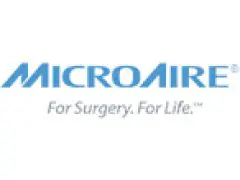

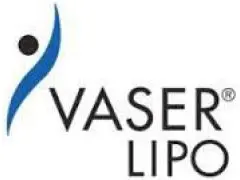
At a Glance
At a Glance
Duration
3-4 Hours
Anaesthetic
General
Overnight Stay
1-2 Days
Return to work
10-14 Days
Return to exercise
6 Weeks
Final result
6-12 Months

Related Treatments
Videos
Before & Afters
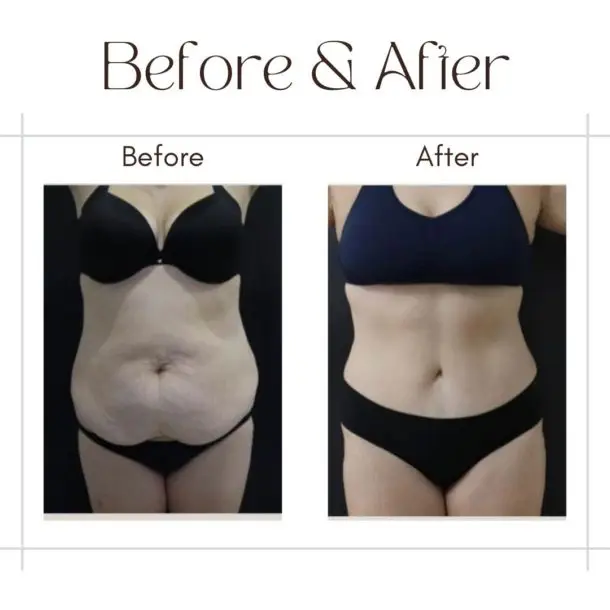
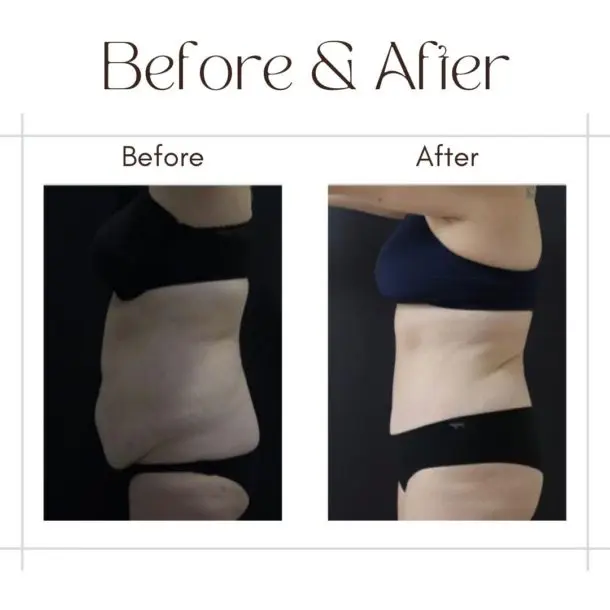
Patient Testimonials
News & Resources

Wrinkles on face? Signs you may need a facelift
BREAST LIFT Wrinkles on face? Signs you may need a facelift Looking older than you feel? Your face might be trying to tell you something. Fine lines, deep creases, sagging skin—these are all types of wrinkles on face, and while they’re a natural part of aging, they don’t always match
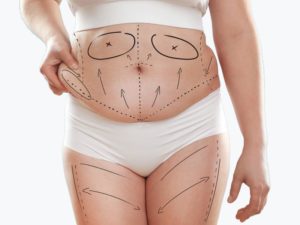
Abdominoplasty vs Tummy Tuck: Is There Any Difference?
Abdominoplasty Abdominoplasty vs Tummy Tuck: Is There Any Difference? Tummy Tuck or Abdominoplasty – Same Goal, Two Names. Let’s Break It Down! If you’ve been exploring ways to achieve a flatter, firmer abdomen—especially after weight loss, pregnancy, or simply due to aging—you’ve likely come across the differences between Abdominoplasty vs

Breast Implants vs. Fat Transfer: Which is Right for You?
BREAST LIFT Breast Implants vs. Fat Transfer: Which is Right for You? Breast implants vs. fat transfer: Which is right for you? When it comes to enhancing the shape and size of your breasts, there are several options available. Two of the most popular choices are breast implants and fat


